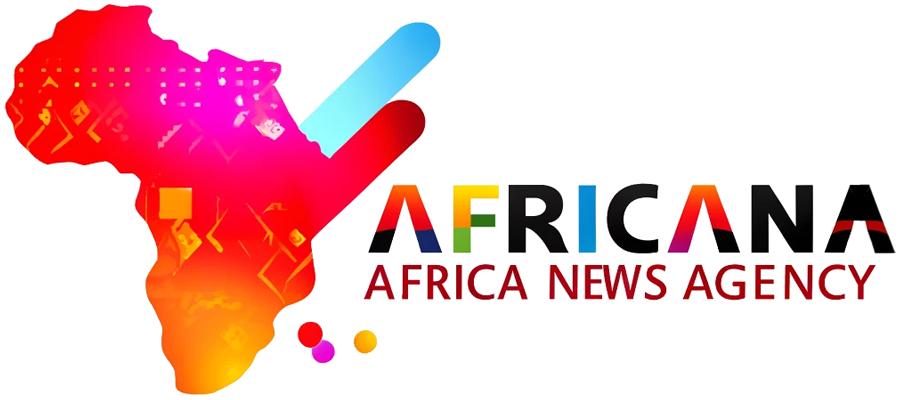Share
A severe shortage of therapeutic food, critical for treating severely malnourished children, is threatening the lives of millions of children across Africa, according to a warning from the United Nations Children’s Fund (UNICEF). The shortage comes as the continent faces a worsening hunger crisis driven by a combination of climate change, conflicts, and economic instability.
The crisis is particularly acute in countries like Somalia, South Sudan, Ethiopia, and parts of the Sahel region, where rising food prices and prolonged droughts have left many families without access to basic nutrition. Therapeutic food, often in the form of Ready-to-Use Therapeutic Foods (RUTF), is essential in the treatment of children suffering from severe acute malnutrition (SAM), a condition that can be fatal if untreated.
The Scope of the Crisis
UNICEF has reported that the shortage of therapeutic food is affecting millions of children across Africa. With the supply chain disruptions caused by the COVID-19 pandemic, compounded by conflicts and the Ukraine war, the production and distribution of these life-saving products have been severely impacted. The U.N. estimates that nearly 10 million children in Africa are at risk of severe malnutrition, and the lack of therapeutic food will only worsen their situation.
In Somalia, nearly 1.8 million children are projected to suffer from severe acute malnutrition in 2024, with many in dire need of therapeutic foods.
South Sudan is facing an unprecedented hunger crisis, with more than 2 million children at risk of starvation as food insecurity worsens due to civil conflict and climate-related shocks.
The Sahel region, stretching across countries such as Mali, Burkina Faso, and Niger, has seen a dramatic rise in malnutrition rates, exacerbated by armed conflicts and the collapse of local agricultural production.
Why Therapeutic Food is Vital
Therapeutic food is a high-calorie, nutrient-dense paste made from ingredients like peanuts, oil, sugar, and powdered milk, enriched with vitamins and minerals. It is designed to be consumed directly by children suffering from severe malnutrition and has been proven to dramatically improve their chances of recovery.
In many cases, RUTF is the only form of nutrition that malnourished children can tolerate due to the damage that malnutrition does to their digestive systems. Without access to these therapeutic foods, children with severe malnutrition are at high risk of death from conditions such as infections, diarrhea, and dehydration.
Causes of the Shortage
Several factors have contributed to the current shortage of therapeutic food across Africa:
Supply Chain Disruptions: The global supply chain, already disrupted by the pandemic, has been further strained by the war in Ukraine, which has led to rising costs of raw materials. These supply chain disruptions have affected the production and distribution of RUTF, leaving many humanitarian agencies struggling to meet the growing demand.
Funding Gaps: Humanitarian organizations, including UNICEF and the World Food Programme (WFP), have reported significant funding shortfalls. The costs of therapeutic food have surged due to inflation, while funding from donor countries has not kept pace with the escalating needs. UNICEF has warned that without urgent financial support, it will not be able to provide life-saving treatments to all the children who need it.
Climate Change and Conflict: Prolonged droughts, floods, and conflicts have devastated food production in many parts of Africa. The effects of climate change have led to widespread crop failures, further straining food supplies. In conflict zones such as South Sudan and the Sahel, humanitarian access to affected populations is limited, making it harder to deliver therapeutic foods where they are needed most.
The U.N.’s Call for Action
The U.N. is urgently calling on the international community to step up funding and support to address the growing crisis. Without an immediate increase in funding, UNICEF warns that millions of children could die from preventable malnutrition-related causes.
UNICEF has appealed for an additional $250 million to purchase therapeutic food for the most vulnerable children in Africa.
The U.N. has also called for stronger global action on food security and nutrition, including addressing the root causes of food shortages such as climate change and conflicts.
Conclusion
The therapeutic food shortage in Africa represents a growing humanitarian crisis that puts millions of children at risk of starvation and death. The U.N. and its partners are calling for urgent international support to scale up the production and distribution of these life-saving treatments. Without immediate intervention, the continent’s most vulnerable children could face catastrophic outcomes in the months and years ahead.
Image source:static01.nyt.com
You Might also Like










